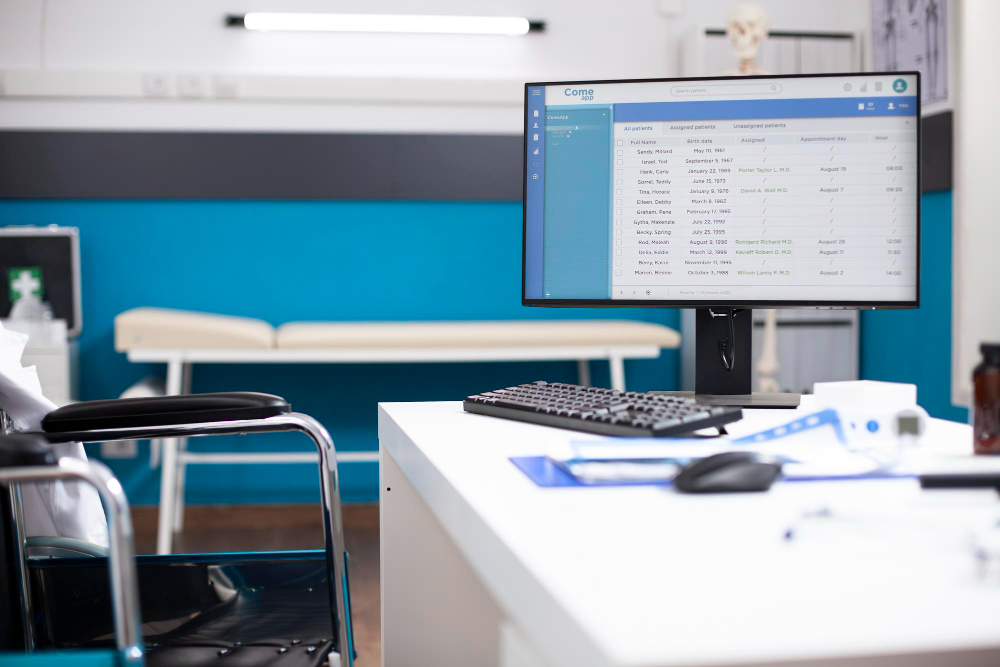Healthcare data is extremely valuable to attackers. Studies note
that electronic patient records and protected health information
(PHI) are often more lucrative than other data. Yet many Nigerian
hospitals still run outdated systems with little to no security.
This leaves patient data at risk, and care continuity in danger.
The good news is that getting started on security doesn't
require a huge budget, only a clear plan. Here are some practical
first steps any hospital can take:
- Designate an existing staff member (or hire a Data Protection Officer) to own cybersecurity efforts. Nigeria's new Data Protection Act calls for appointing data protection officers in healthcare and conducting privacy impact assessments on high-risk data processing. A dedicated lead ensures someone is “on call” to coordinate security policies, compliance, and training. ClarenSec can do this for your organization.
- Understand what data and systems you have, and how they could be attacked. A simple way is to list your “crown jewels” (e.g. electronic medical records, patient billing systems) and rate the threats, vulnerabilities, and information value. Clarensec can help perform a risk assessment. The aim is to know where you're most exposed so you can prioritize fixes.
- Limit who can view or change patient records. Simple measures include requiring unique logins for each staff member, using strong passwords, and giving people only the permissions they need (principle of least privilege). Enable automatic screen lockouts on devices. Even this basic “housekeeping” makes a big difference in preventing unauthorized access.
-
Human error is the leading cause of breaches. Roughly 90% of data
breaches involve employee mistakes, like clicking on a phishing
email.
Schedule short awareness sessions so every nurse, doctor, admin clerk, and technician knows how to spot common scams, handle sensitive data, and report suspicious activity.
Tailor training to each role (e.g. ward nurses vs. accountants) as recommended by best practices. -
Maintain multiple backups of your critical data (one backup should
be off-site or in the cloud), and test them often. If the worst
happens—say a ransomware attack locks up your systems—you want to
restore from backup rather than pay criminals.
Backups can be as simple as encrypted hard drives rotated offsite or cloud backups of key patient files. - Even a handwritten flowchart or list is a start. Draft basic policies on topics like password rules, device use, and incident response responsibilities. For example, decide who calls the IT person or external expert if an alarm goes off, and how to communicate with staff during a disruption. Clarensec often helps hospitals write and test these response plans.
Appoint a Security or Privacy Lead
Run a Basic Risk Assessment
Implement Access Controls and Strong Passwords
Train Your Staff
Set Up Regular Data Backups
Document Simple Policies and Plans
These initial steps focus on knowing your risks and planning ahead without fancy tools or big spending. Hospitals around the world find that improving security is a journey, not a sprint. By being intentional, appointing a security lead, assessing risks, securing access, training staff, and backing up data, your hospital will already be far better protected.
And remember: you don't have to do it alone. Clarensec offers assessments, audits, and training workshops tailored for Nigerian healthcare, so you can build your program with expert support. Taking action now will strengthen patient trust and safeguard your ability to deliver care.



